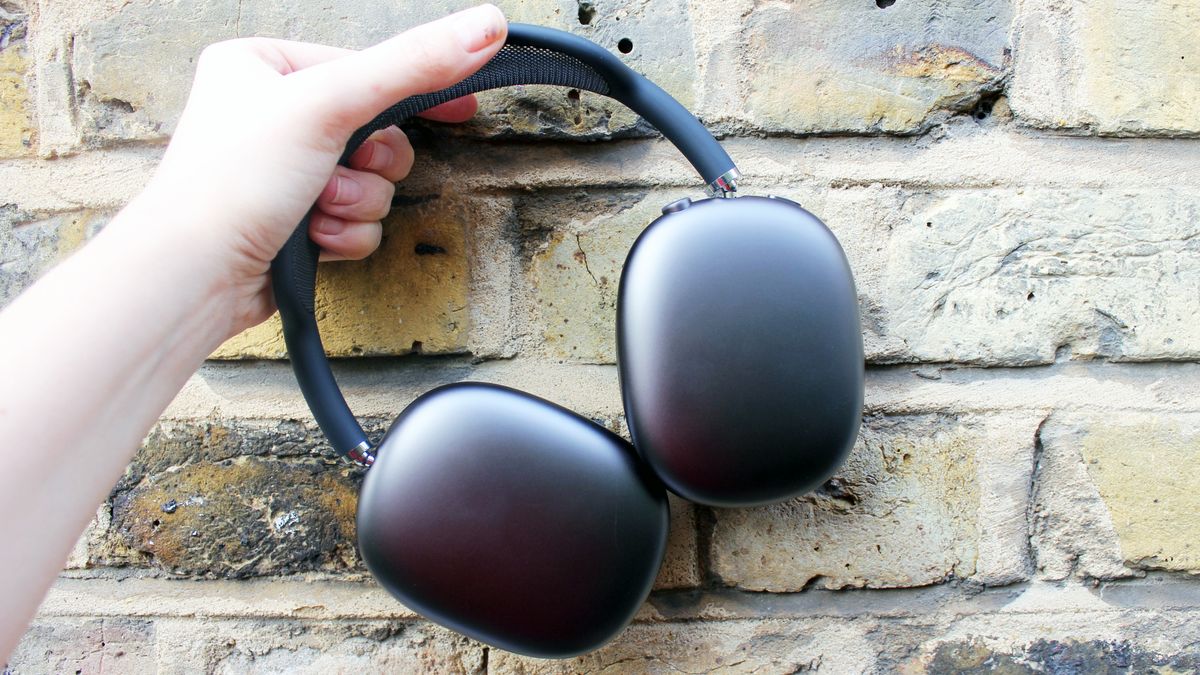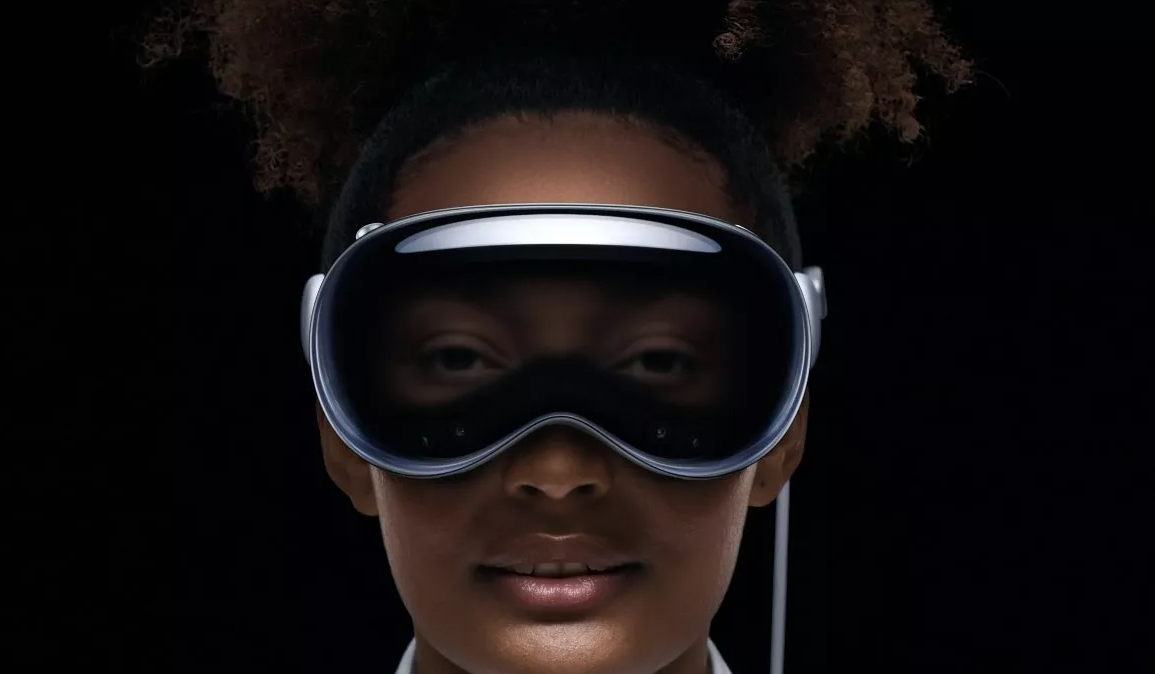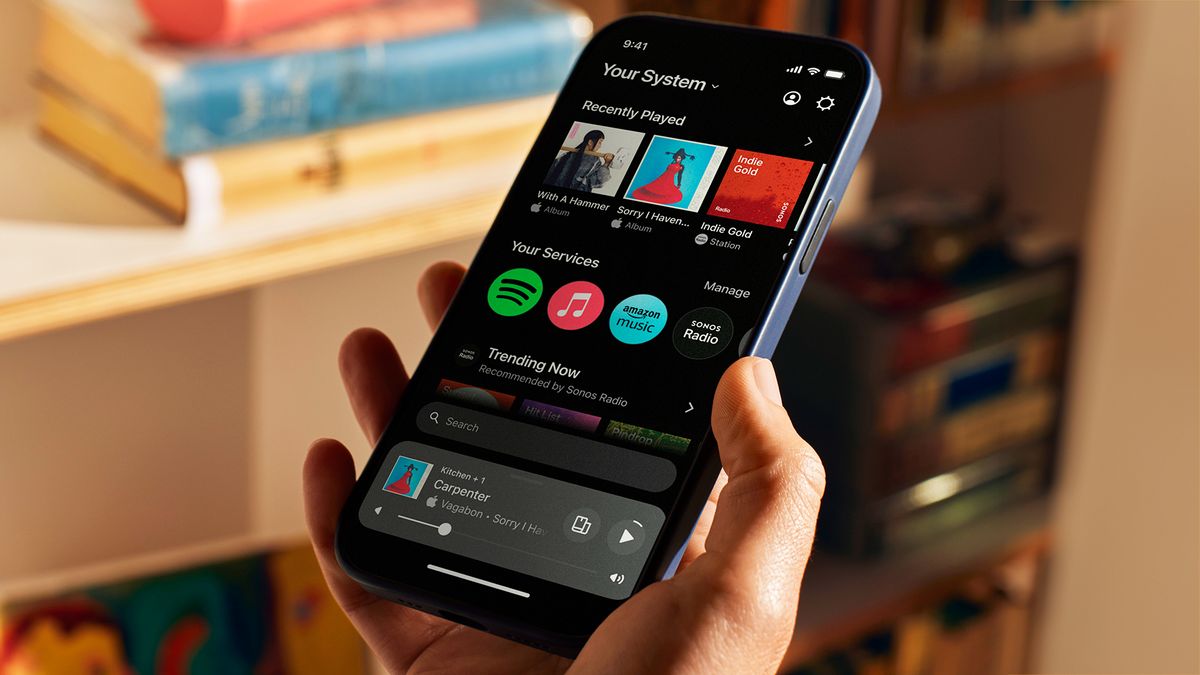The Premier League kicks off this week and a new AI tool for referees that will detect when players are offside is coming before the end, as first reported by Wired. The league has turned to sports technology company Genius Sports and its semi-assisted offside technology (SAOT).
Unlike traditional video assistant referee (VAR) systems, SAOT doesn’t require expensive 4K cameras – just a network of 24-28 iPhones around the pitch. Built-in GeniusIQ AI analyses the images collected by the iPhones to accurately determine where each part of a player’s body was at each moment and whether they were offside.
Sports rules can be complicated, and few are as notorious as offside infringements for being contentious and difficult to call. VAR has helped, but is often criticised for slowing down the game or leading to bad decisions. SAOT can watch the pitch and collect 7,000 to 10,000 data points per game, creating detailed 3D virtual meshes of each player. By comparison, current systems often rely on 30 to 40 tracking points to create rudimentary stick figures for players.
The GeniusIQ system’s 3D meshes offer a much more detailed and accurate model. From this data, a picture of each player’s position is created in relation to the ball and the offside line. iPhones, with their 100fps recording rate, are more than sufficient when combined with the GeniusIQ system. The AI, trained on matches over several seasons, can identify not only the positions of players but even individual body parts as small as their fingers and extrapolate them even if they are partially hidden from view.
AI referees
The adoption of this technology by the Premier League could speed up the decision-making process, reducing delays that have plagued the use of VAR in the past. Although an exact implementation date has not been announced, it is anticipated that the technology will be fully used in all Premier League matches soon.
However, while the SAOT system has shown promise in testing, its effectiveness in live matches remains to be seen. It will need to prove that it can consistently outperform existing VAR systems in terms of accuracy and efficiency. It will also need to overcome a reliance on extensive data processing, meaning any technical issues with servers or software could cause it to fail.
As the SAOT system is rolled out in live matches, the global football community will be watching closely. If successful, it could set a new standard for the use of technology in sports – not just in football but across a range of sports, where precise location can decide the fate of a match. In the end, human referees make the final decision and will be celebrated or cursed regardless of what the AI suggests about who is offside.









